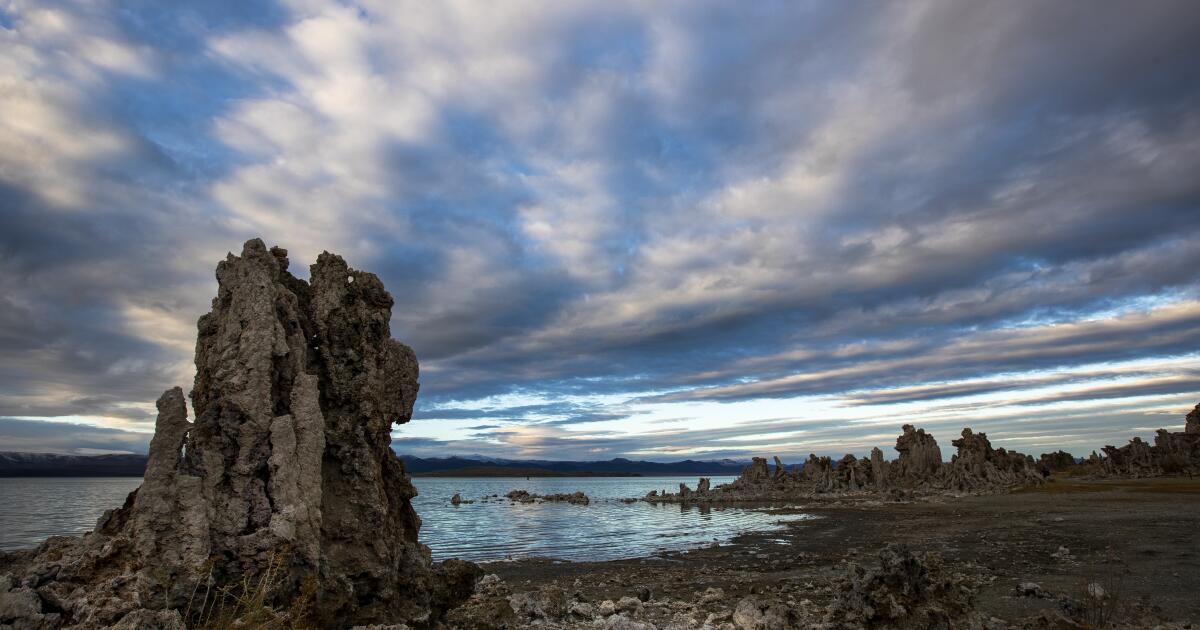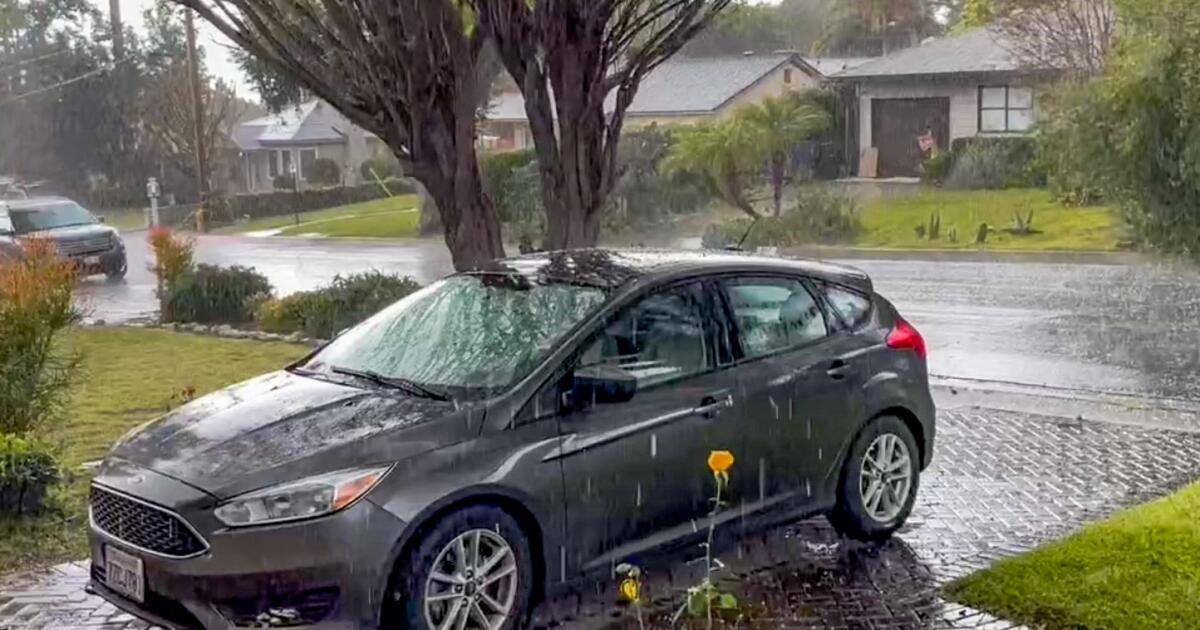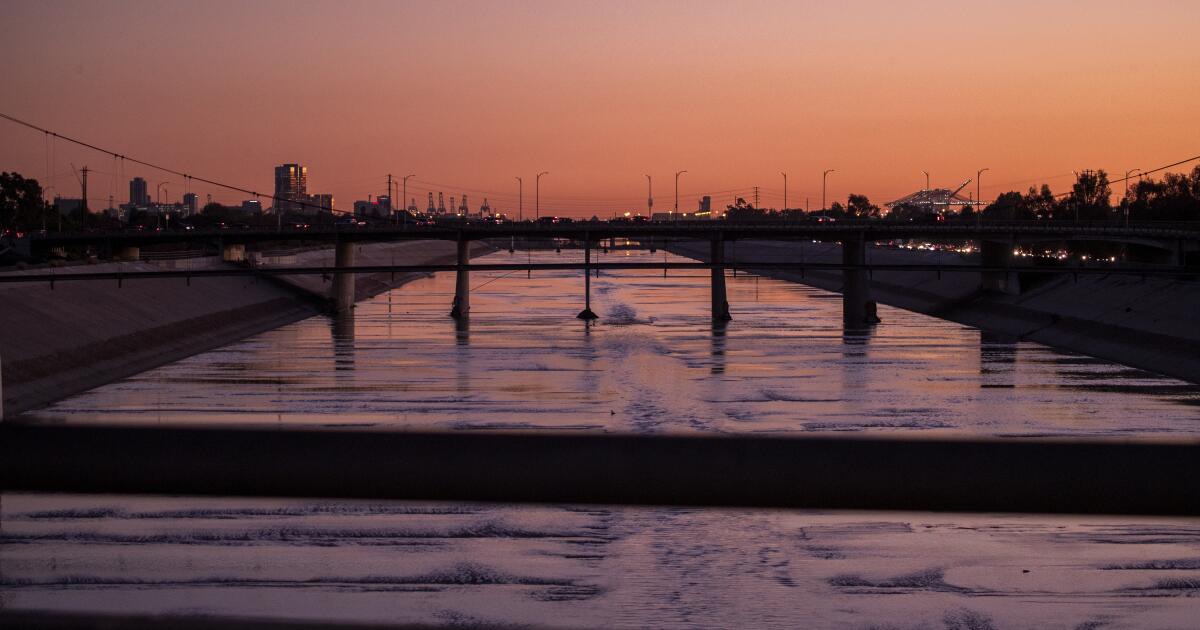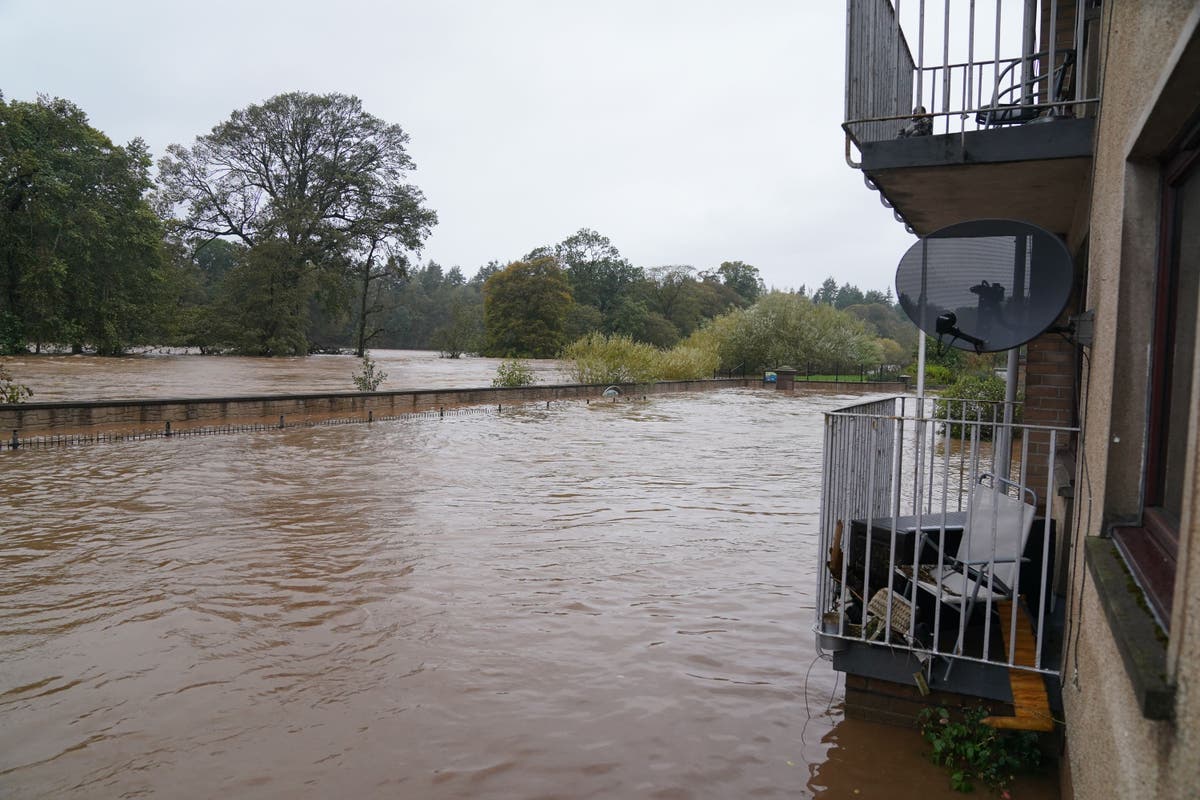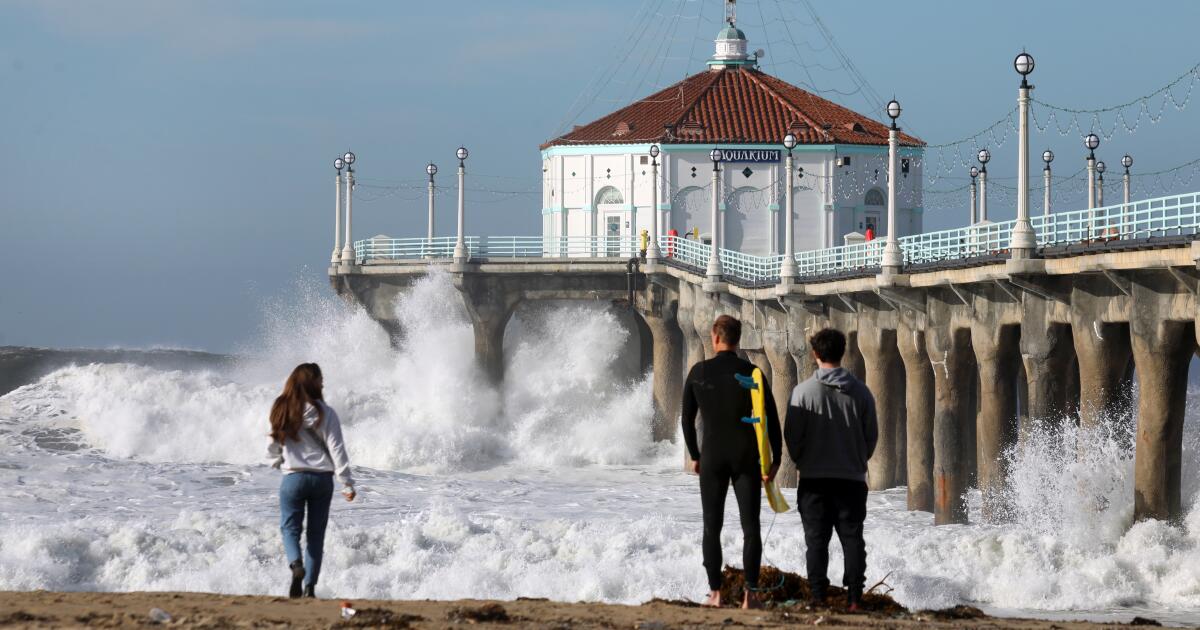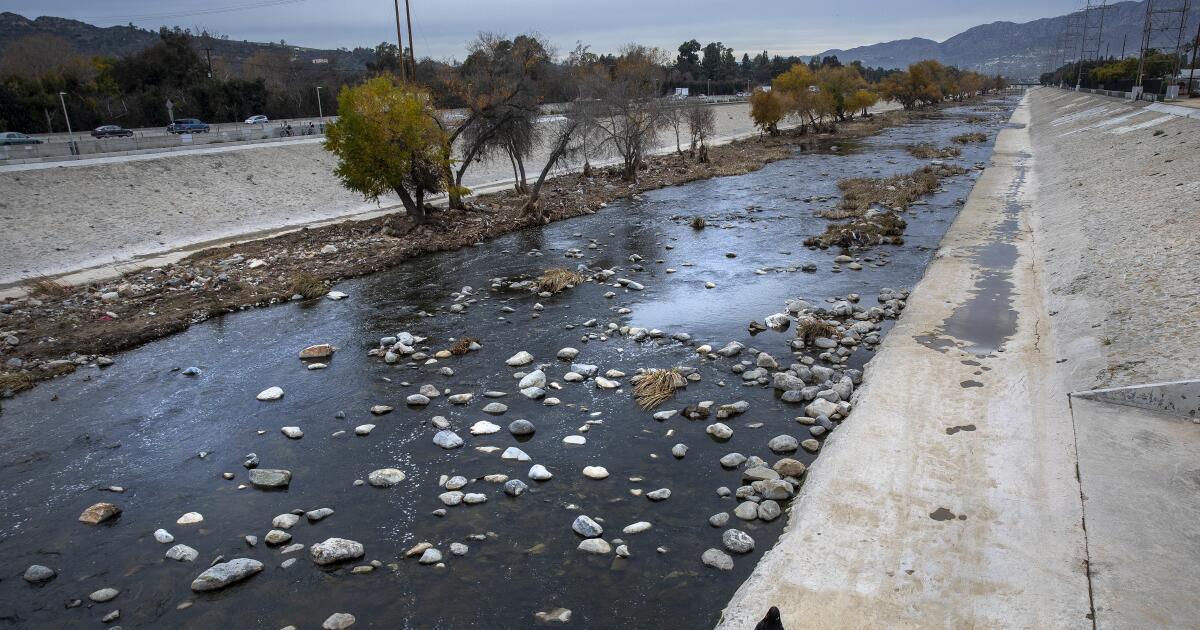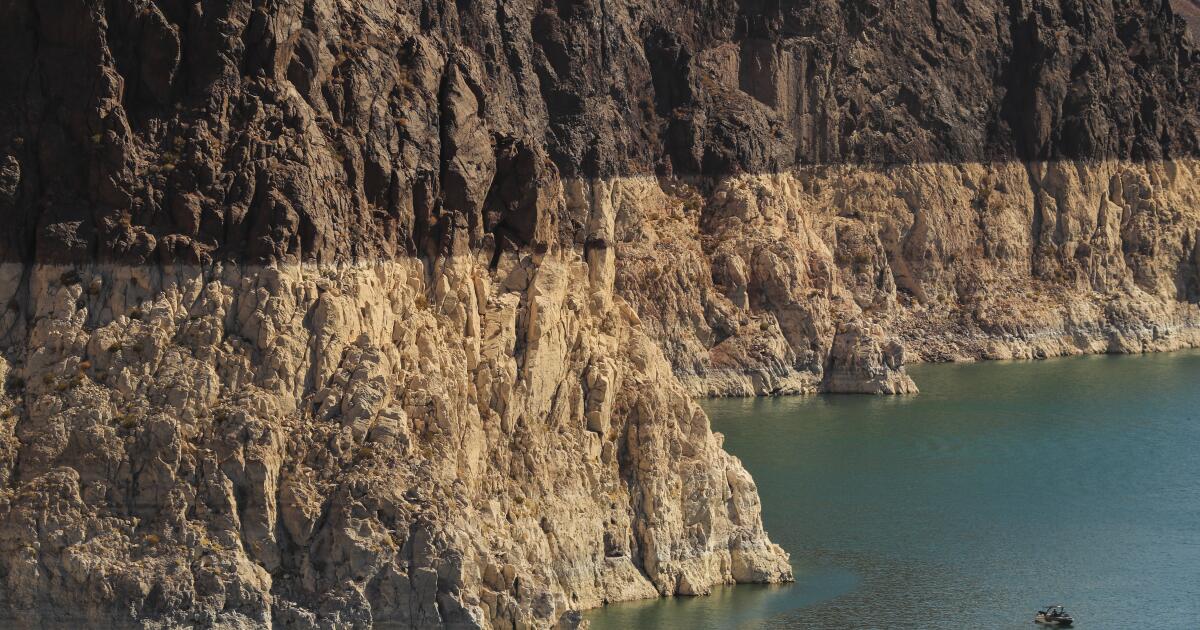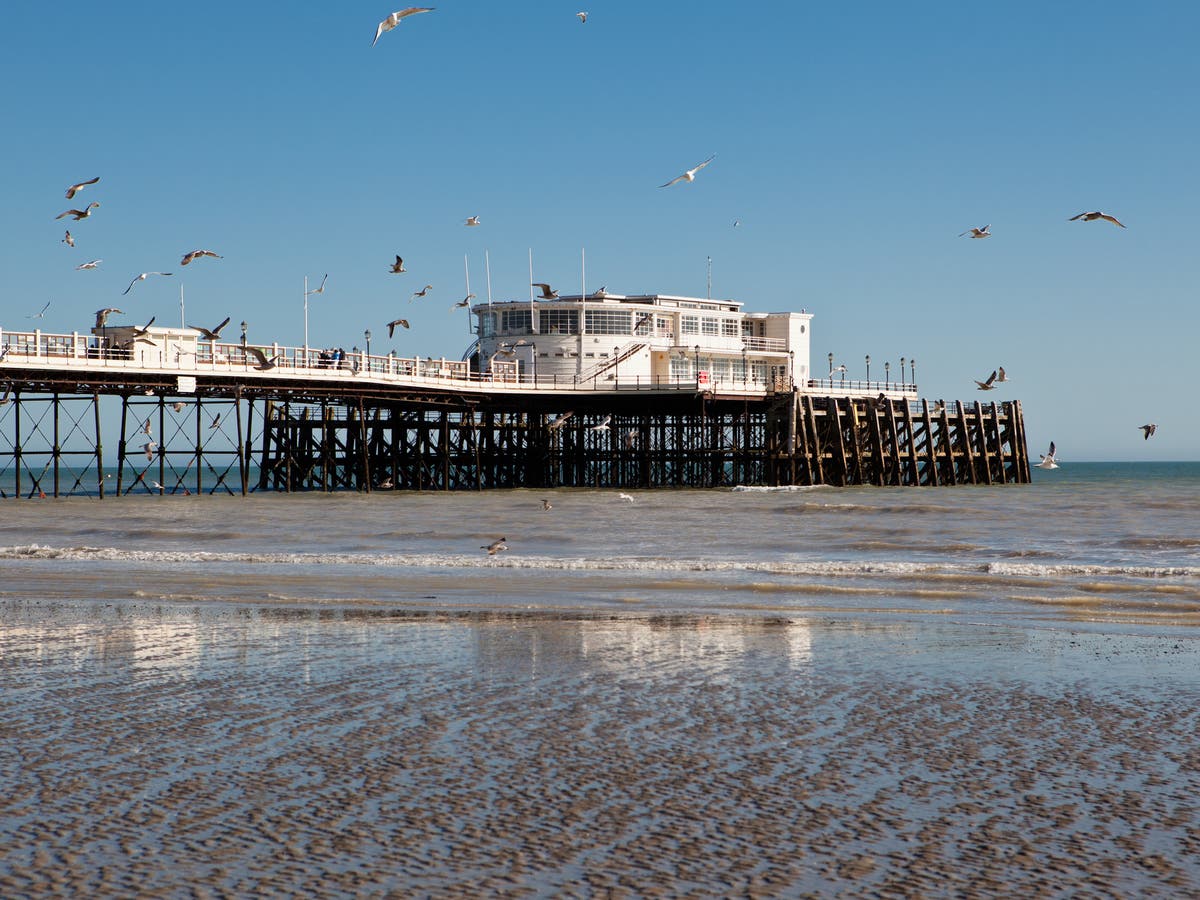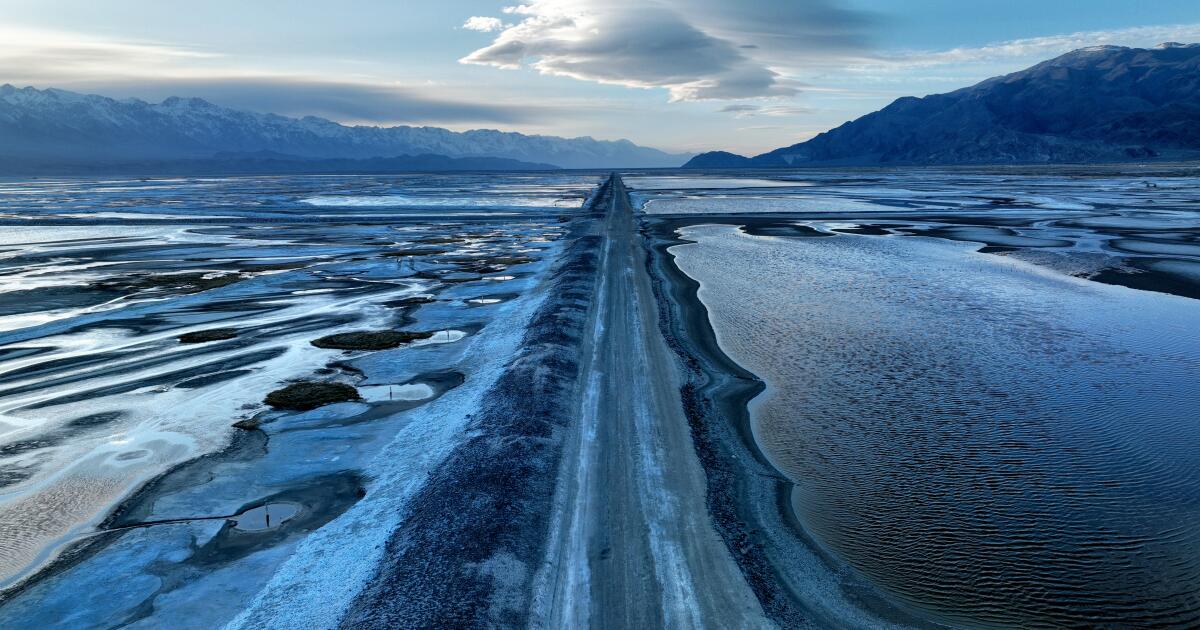
L.A.’s water lifeline faces unprecedented flood threat. The battle to prevent calamity
LA TimesMore than a month after heavy storms eroded a section of the Los Angeles Aqueduct, work crews are still scrambling to complete repairs and shore up flood defenses in the face of a weeklong heat wave that threatens to trigger widespread snowmelt in the Sierra Nevada. Adam Perez, manager of the aqueduct, said the DWP is “considering seeking reimbursements from the California Office of Emergency Services to help cover the millions of dollars it took to repair the breach in March.” Among the infrastructure at stake is $2.5 billion worth of dust control systems the city of Los Angeles has been required to install to fight hazardous dust pollution — an environmental consequence of L.A.’s draining of Owens Lake more than a century ago. American avocets, which feed on brine flies, take wing along Owens Lake, a Western Hemisphere Shorebird Reserve Network site of international importance. “We will take things day by day, if the lake thaws, we will open, but we can’t say when that will be.” Inyo National Forest officials announced last week that “to protect public and safety, and natural resources,” it was closing several lower-elevation dirt roads “due to storm damage and prediction of spring snowmelt runoff impacting them further.” “We know everyone is anxious to get outside and start enjoying springtime adventures on the Inyo,” said Scott Kusumoto, acting director of the Inyo National Forest, “and we’re doing everything we can to make repairs and reopen roads as conditions allow.” Water surrounds a pumping station on the sprawling dry bed of Owens Lake recently. It’s a good day for migrating birds.” “It also looks like the DWP is doing a pretty good job of protecting its investments,” he added, “as well as the wildlife here.” American avocets, which feed on brine, fly along Owens Lake, a Western Hemisphere Shorebird Reserve Network site of international importance.
History of this topic

Cost of Owens Valley storm damage continues to mount for Los Angeles Department of Water and Power
LA TimesDiscover Related



